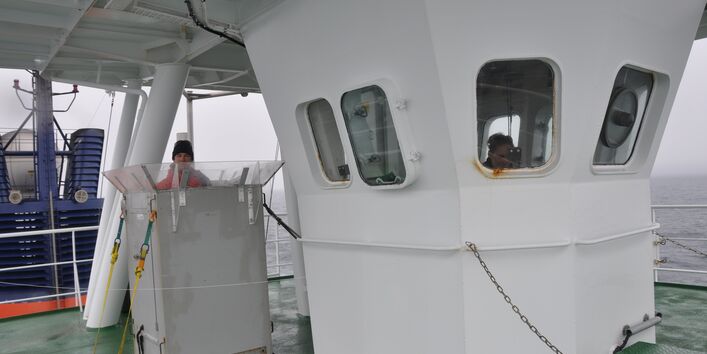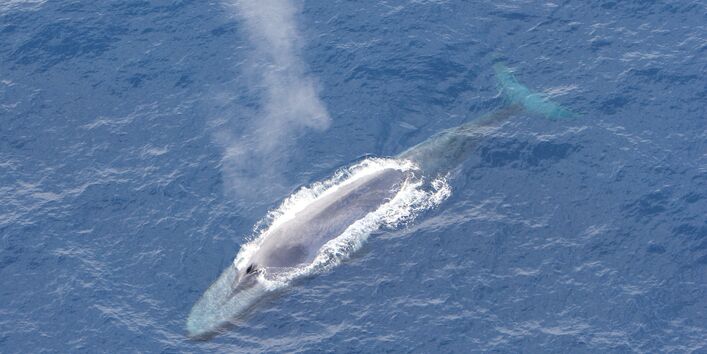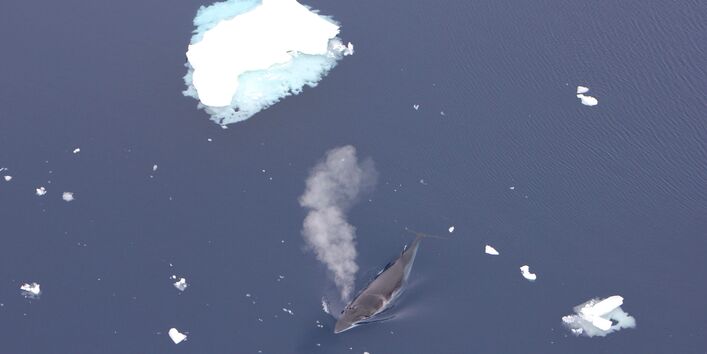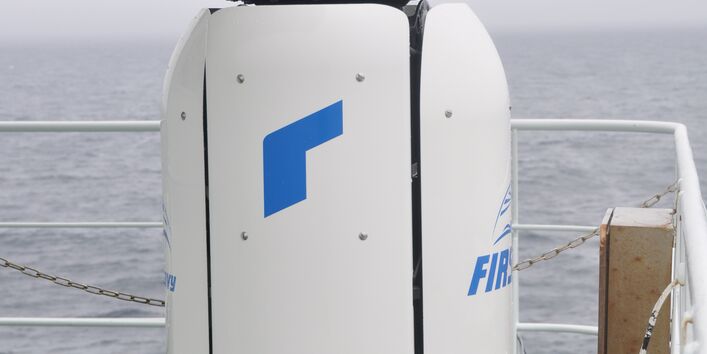Whales in Antarctica – What we know and what we do not know
There is still little knowledge about the abundance and distribution of whales and their populations in Antarctic waters. The existing database is very limited. Since 1978 the International Whaling Commission (IWC) has conducted three circumpolar sighting surveys to determine the size of whale populations in the Southern Ocean. These voyages covered the area between 60° South and the edge of the pack ice. Nevertheless, there is a lack of reliable estimates of stocks because the survey methods applied differed between the voyages. It remains unresolved until today whether the great differences in results of some species owe to methodology or if they are indicative of actual changes in the stock size. Furthermore, the surveys did not account for populations which are mainly found in the pack ice.
This is why the UBA has been funding a research project from 2008 – 2013 to close gap in knowledge on abundance and habitat use of whales in Antarctica. The results will provide a stronger basis for decision making in the authorisation process as foreseen in the German Act to implement the Protocol of Environmental Protection to the Antarctic Treaty (AUG). The project is also developing an neu system to detect the presence of whales. The system is aimed at reducing injury risks to whales, in particular from underwater noise.




